01 Jul Blog #1 – 5 Minute Monthly Rainwater Tank Checks
5 Minute Monthly Rainwater Tank Checks
For many Australians, having rainwater as their primary water source is a way of life. Capturing clean water that is used every day for drinking, cooking and washing is a vital part of keeping our families healthy.
Heysen and the Team from HD2O Water Tank Rescue inspect, clean and repair Rainwater tanks and their water capture systems. Often property owners (new and long-time inhabitants alike) are not sure as to the best way to capture clean water. It’s so important to capture clean water and maintain our systems.
To help you become an expert water harvester in amongst your busy life, we will share our 5 Minute Monthly Rainwater Tank Checks. These tips are key to ensuring only the best water is captured. Heysen uses these himself.
#1
Check your gutters and roof – do they need a clean?
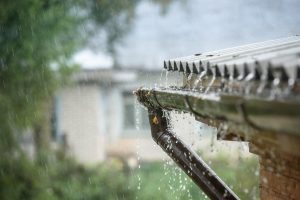
Your roof and gutters are the first point in your water capture system.
As rain lands on your roof, imagine what it could pick up along the way even before it hits the gutter. If you don’t want to drink it, it shouldn’t be on the roof!
The most common things that we find on roofs are: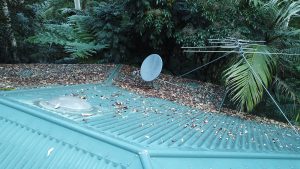
- Animal faeces (birds and possums are the most common)
- Pollen
- Ash from chimneys
- Leaves and sticks!!!
- Flaking roof coatings
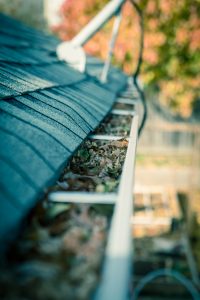
Gutters capture what comes off the roof and a large percentage of this forms a compost in the bottom of the gutter. Compost by nature is high in aerobic bacteria, therefore our gutters are breeding bacteria that is then washed into our tanks… not great!
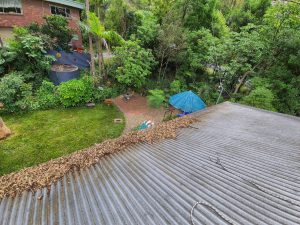
Gutter guard can help keep the majority of leaves and big debris out of your gutter. Although, we often find that the gutter itself is never cleaned as the gutter guard is much harder to clean under. This creates the perfect place for compost to be cooking away.
By keeping yourself aware of the condition of your roof, you can make an informed decision on when to have your roof cleaned or gutters vacuumed. Although it may seem like an easy task, this one is better left to professionals who have all the safety gear and expertise to work at height and have experience in managing the risks on your roof.
HD2O Water Tank Rescue are experts in Gutter Cleaning Brisbane
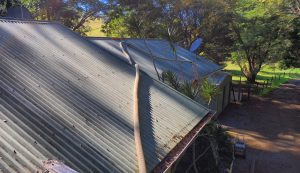
#2
Check your first flush, strainer and overflow screens – do these need a clean?
Once rainwater comes off your roof, the first stage of water treatment begins. Many water capture systems have a leaf eater scree, first flush system or a strainer on the top of the tank.
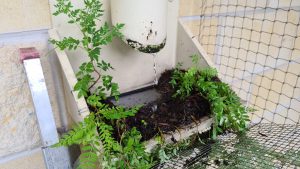
Leaf eaters can be easily cleaned out, simply remove the top grill (don’t lose the clips!) and the secondary screen below. Give these a quick rinse under a running tap, wipe the bowl and pop them back in!
First flush systems need some quick love too! By nature they are designed to store debris that comes off the gutter so can become a huge breeding ground for bacteria. Remove the small drain and allow the water escape. Then, unscrew the big cap to dump out the debris (don’t lose the ball!). Give the tube and filter a quick hose and then put it all back in place, and happy days.


The strainer that goes into the tank is your last line of defence. These should fit snugly with no gaps around the outside.
Give the strainer a rinse under a running tap to remove debris and pop it back into place.
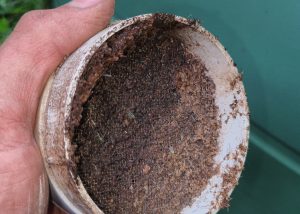
Finally, overflows should be fitted with screens to ensure that mosquitos, frogs and other critters can’t enter your tank. The overflows should come off easily. Give these a good clean under a running tap to ensure that when the tank overflows, the water can escape easily (saving the tank from cracking or stretching).
Heysen’s Hot Tip: If your overflow is fitted with an elbow, keep it pointed down! Pointing it up may enable you to capture some more water, however, this can lead to seriously devastating damage when the tanks overflow.
#3
Check inside your tank for water level and contaminants.
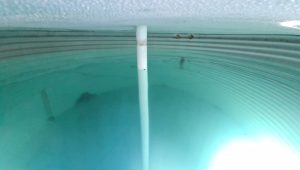
It might seem silly but lots of people have no idea how much water is actually in their water tank! It’s important to keep on top of this to track your water usage.
The usual way people test water level is by banging on the side of the tank, although this can be incredibly inaccurate! The best way is to look in the hatch when you are cleaning the sieve (refer to Tip 2 for additional guidance).
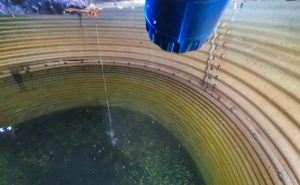
While you are checking the water level, be sure to grab a torch and look at the floor for any obvious sediment and other contaminants. Sediments can also increase the tannin effect on the tank water, and can make your water coloured like a cup of tea! Sediments also make compost in the bottom of your tank. Remember that compost in our gutters? (Check back to Tip 1 for a refresher). The compost forms anaerobic bacteria and byproducts, not great for our drinking water!
Sediment Guide
0-5mm – Appears patchy on the floor and through the centre. Normal for tanks.
5-10mm – May appear patchy around the outside but solid through the centre. The centre may be up to 20mm at this stage. This is a proactive time to get your water tank cleaned.
10-20mm – Solid covering across the floor (can be up to 40-50mm in the centre). Definitely time for a water tank clean.
For most households, tanks should be cleaned every 2 years to remove these sediments from the floor QLD Health Guidelines – Rainwater Tanks
HD2O Water Tank Rescue are experts in Water Tank Cleaning Brisbane
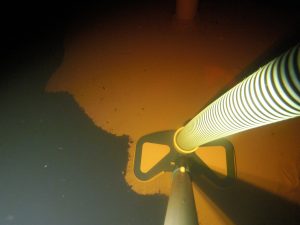
#4
Blow debris off tank roof
Carefully, and safely, work your way up to the roof of the tank, you can even do this from the ground, depending on the height of your tank. Use a leaf blower or broom to blow leaf material and loose debris off the tank roof. This avoids any compost buildup (common theme here! Refer to Tips 1 and 3 for a refresher) and also removes unnecessary weight. This can also help extend the life of your water tank by avoiding corrosion and roof stretch on steel tanks.
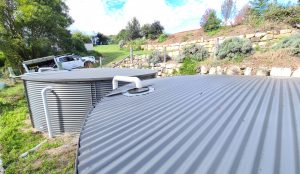
#5
Check for any leaks, cracks or other areas that things can get in!
Have a walk around the outside of your water tank to check if there are any cracks, leaks or other areas things can get in the tank.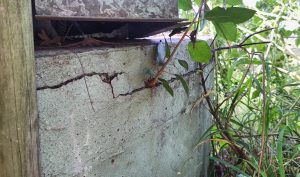
Getting onto cracks and leaks items quickly can avoid costly fixes and protect your water from contaminants such as mosquitos, frogs, snakes and many other things that like to hide inside our water tanks!
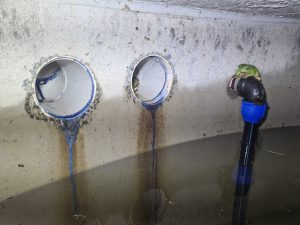
HD2O Water Tank Rescue are experts in Water Tank leak detection and crack repair!
Call Heysen and his Team today on 0499 088 549 to discuss your needs.
……..
Not sure how to check these? We are happy to come to your property show you how!
Does your system need some professional help? Give us a call and we can come and help you out!
Capture Clean Water!
HD2O Water Tank Rescue
“Saving YOU from a dirty tank!”
www.watertankrescue.com.au
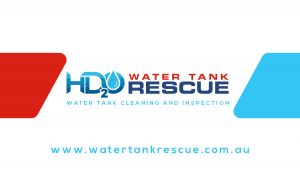
HD2O Water Tank Rescue – Gutter Cleaning Brisbane
HD2O Water Tank Rescue – Tank Cleaning Brisbane



No Comments